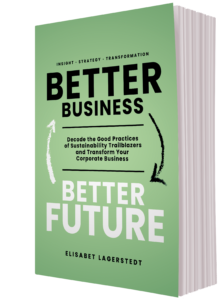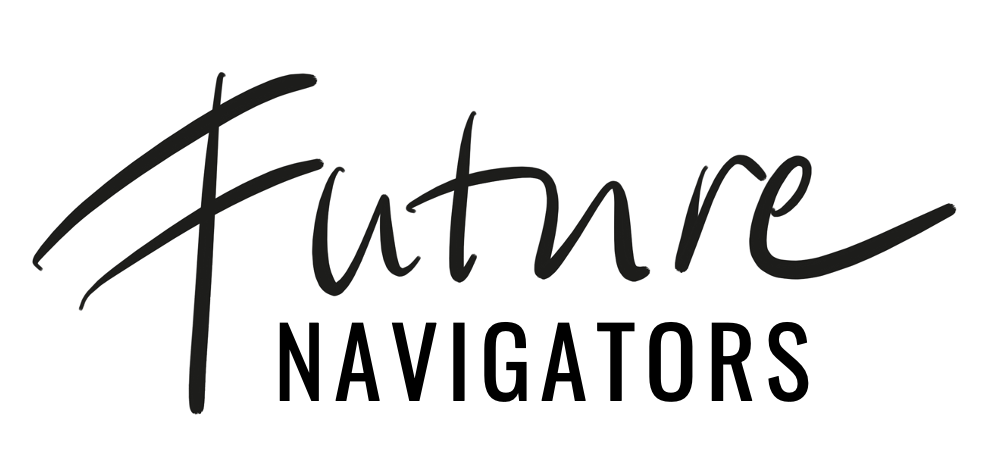Moving towards regenerative business models

In 1970, economist Milton Friedman wrote a New York Times article titled “The Social Responsibility of Business Is to Increase Its Profits.” In the article, Friedman argued that business leaders have no other responsibility than to increase the profits of the firm, and that anything other than a pure focus on profits is to be considered theft from shareholders, and socialism. This 51-year-old article has been attributed to the origin of the short-sighted shareholder capitalism that we have seen far too much of during past decades and is a key characteristic of ‘business as usual’ today. Consequently, short-term value extraction over time became the norm rather than a focus on the total value that the business creates or gives back to society. Calls for more ethical, stakeholder-oriented, sustainable and even regenerative business practices have, however, been brought forward by many, even from business leaders themselves, and from The Business Roundtable—a non-profit association whose members are chief executive officers of major US companies. Some are now wisely suggesting that the role of business is to advance human prosperity within the boundaries set by nature. Business as usual will, however, not get us there. Regenerative business models will.
But what does regeneration mean? SustainableBrands.com suggests that it means: (1) “restoring, renewing and/or healing systems we all depend on, while also (2) improving the ability of said systems to restore, renew and/or heal themselves more effectively.” A carbon-capture machine can, for instance, help us restore climate stability by withdrawing carbon out of the Earth’s atmosphere. A carbon capture machine is, however, not regenerative, as it does not directly improve the Earth’s own ability to restore climate stability. Compare this with a tree. A tree accomplishes both withdrawing carbon and restoring climate stability—and is hence regenerative.
A Regenerative Business has regenerative practices, cultures and leadership and truly goes beyond what we today see as ‘business as usual’. It has already been described by visionaries such as Carol Sanford (2017), Daniel Wahl (2016), Ethan Roland et al. (2013) and others. It could also be called a Net Positive Business, as described by Forum of the Future, and Paul Polman.
So, what is it?
Simply said a Regenerative Business is a for-profit organization that return more to society, the environment and the global economy than it extracts or takes out. It is focused on all stakeholders for the good of society and our planet. It respects the rights of all other living beings; has robust circular flows; is innovative, adaptive and responsive; contributes to the health and well-being of the whole; works collaboratively across ecosystems; and balances collaboration and competition. It values all ‘rightsholders’, including natural, social and living capital, as well as financial capital. As explained by Harvard professor Greg Norris, it is inspired by nature and “boldly seeks to increase its socio-ecological handprint”. As such, it aims to restore the health of individuals and communities as well as the planet, and not only to reduce its footprint, but to give back more than it takes from both the planet and society.
Even though interest in Regenerative Business is currently on the rise, it is still in its inception, and there seem to be no peer-reviewed academic studies from which to learn.
SustainableBrands.com has put together a report with a few short cases that can give you a hint of what this could mean in practice. One of those cases is about Guayakí, an organic energy beverage company founded in 1996, based in California, US, with 600 employees and a current revenue estimated at $210 million USD.19 Guayakí drinks are based on yerba mate, a plant known for its energizing properties (it contains caffeine) that was first cultivated and used by indigenous communities in South America. Around their beverage offering, the company has created what they call a market-driven regeneration business model. In that, they explicitly seek to regenerate life on land. They do that by sourcing from and promoting regenerative agriculture while they support, empower and partner with smallholder farmers in parts of South America. Even though Guayakí aspires to be regenerative, their reporting reveals that after 25 years in business, they still have a negative footprint and are not fully regenerative yet. They are however a Certified BCorp and seek to achieve net-zero by 2030, and as such, apply the highest standards of sustainability today.
An interesting sidenote is that Guayakí’s new CEO, Stefan Kozak, was recently recruited from a position as CEO for Red Bull North America, with earlier experience as managing director of Coca-Cola bottling operations in Brazil.20 On his LinkedIn profile, he describes him- self as any other successful business leader would do: “20 plus years of leadership roles with proven ability to create visions, develop strategies, and build organizations and systems/processes that deliver top and bottom-line growth.” So why did he take on this position? In a press release sent out by Guayakí, Stefan Kozak said, “I am thrilled to be joining Guayakí Yerba Mate, a product I love and a company that aligns with my experience, skills and most importantly, values. Given the state of the planet and Guayakí’s longstanding commitment to sustainability and social good, I can’t imagine a better and more meaningful place to work. I look forward to building on the great work the founders and their teams have established over the past 25 years, and lead Guayakí Yerba Mate – its business, ideas, and ideals – into the future. ‘Come to Life’ is not only Guayakí’s mantra, but perfectly describes my feelings while embarking on this new journey.”
To me, this means that Regenerative Business models are open to exploration not only for startups but also for all of us who have grown up in the corporate world of business as usual. My own 25 plus years of business experience, however, tells me that Regenerative Business models probably feel rather unfamiliar—and far away—for most business leaders today, having led their whole professional lives and careers in ‘business as usual’ and having been successful in that arena. Changing the game always feels risky, but in the long run, regenerative business models will be the only way forward.
Could there potentially be a first stop on the way that does not feel as radical, but that could help us get started on this important journey—and even act as a bridge between today and tomorrow? There is. I simply call it ‘Better Business’.

Read more in our new book Better Business Better Future, written by Elisabet Lagerstedt, the founder and principal of Future Navigators. The book is available in online bookstores in the beginning of 2022.
Better Business Better Future will help you understand the sustainability revolution and decode the good practices of purpose-led sustainability trailblazers, such as Patagonia, Interface, Ørsted, Unilever, IKEA, and Oatly.
A great read for entrepreneurs, corporate business leaders, board members, and strategists aiming to integrating sustainability into the very core of their business, and accelerate the transformation to a Better Future.
